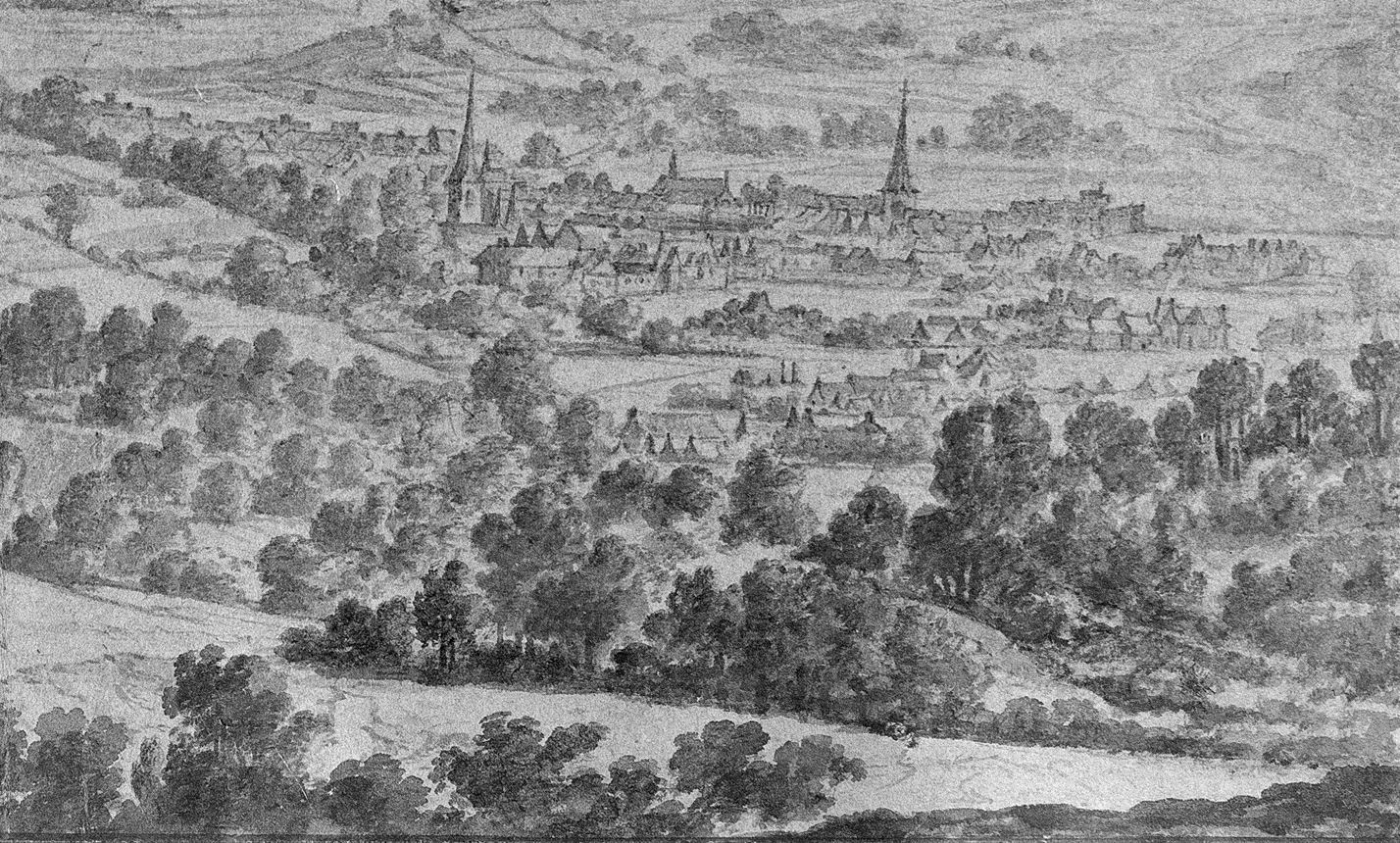There are few sites of memory for East Belgians that portray the disjunction of the culture of remembrance as well as football. Week after week, East Belgians untertake pilgrimages to Dortmund, Cologne, Aachen, Gelsenkirchen, Mönchengladbach, even Munich, or watch the matches of their Bundesliga club in their local pub. For many, the broadcasting hours of the Sportschau (sports show) are part of their Saturday evenings. In addition to the weekend ritual of watching football, the successes of German clubs and their players live on like heroic sagas in the stories of their fans. The names of Uwe Seeler, Gerd Müller and Günther Netzer are deeply rooted in the memory of the population.
Much fewer fans travel west. Standard Liège or Anderlecht are no strangers, but the enthusiasm is more limited: 1,600 East Belgians are members of fan clubs of German teams, notably 120 members of Bayern Munich, Cologne (662), Borussia Mönchengladbach (100), Gelsenkirchen (247), Hamburg (328), Dortmund (130), St. Pauli and Bremen. Since K.A.S. Eupen started playing in the first division (league), a solid fan base has developed, though.
The Red Devils always win the hearts of the fans, even if they are eliminated early in the World Cup or European Championship. It is hard to find alternatives to the Belgian national team.
An example of this is the 1954 World Cup: in the spring and summer of 1954, the Grenz-Echo in particular reported in detail on the preparations and qualifying matches for the World Cup and how they went. Of course, special attention was paid to the Red Devils, who were, however, eliminated in the preliminary round of the 1954 World Cup. The Grenz-Echo could now confidently offer its sympathies to any other team. But the Grenz-Echo did not openly root for Germany, the later world champions. Rather, it seems that the Austrian national team had won the hearts of the editors. The reasons for this are probably obvious. After the experiences of the Second World War, the Grenz-Echoendeavoured to distance itself as far as possible from the fate and experiential space of the young Federal Republic of Germany.
Here and there, however, in some villages in the Belgian Eifel, emotions are said to have run a little high in 1954, so that people secretly welcomed the victory of their German neighbour after all. In the post-war period, sympathy for the German national team was certainly still present. In the 1950s and 1960s, for example, there was the catchphrase used by the football enthusiast at the Belgium-Germany match: ‘We’re playing against ourselves’.
Things changed in the 1970s, as the Belgian national team became one of the last strings holding the country together. It is hard to tell from the players’ surnames whether they are Flemish, Walloon, or Brussels players. Footballers play a common game in a team. In a way, the team becomes a place of longing for the overall Belgian identity, a symbol of Belgitude.
East Belgians travelling to Cologne, Schalke or Dortmund every weekend does something different. They seek to benefit from the higher quality of the Bundesliga, but at the same time avoid identification with the German national team. In doing so, however, they share – probably unconsciously – a national site of memory with their German neighbour: the Bundesliga. The East Belgian football fan is particularly proud when players like Pfaff, Wilmots, Mpenza or De Bruyne have made it in the Bundesliga.
An interesting site of memory, football.
Further reading
Klaus Pabst, „‚Deutschland vor‘? Sympathien einer deutschen Sprachminderheit am Beispiel der Fußball-WM 1954“, in Jürgen Court et al., Jahrbuch 2008 der Deutschen Gesellschaft für Geschichte der Sportwissenschaft, Berlin 2010, pp. 34-50.

